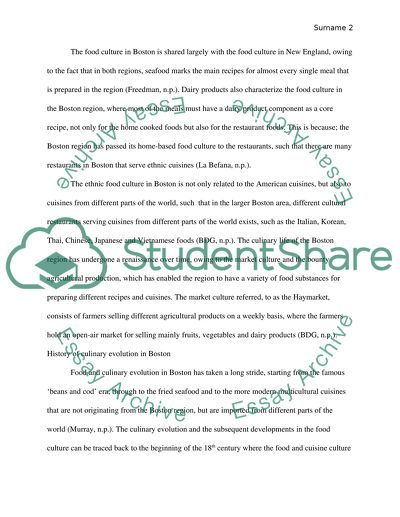Cite this document
(“Food and Culture in Boston Research Paper Example | Topics and Well Written Essays - 2000 words”, n.d.)
Food and Culture in Boston Research Paper Example | Topics and Well Written Essays - 2000 words. Retrieved from https://studentshare.org/history/1663394-food-and-culture-in-boston
Food and Culture in Boston Research Paper Example | Topics and Well Written Essays - 2000 words. Retrieved from https://studentshare.org/history/1663394-food-and-culture-in-boston
(Food and Culture in Boston Research Paper Example | Topics and Well Written Essays - 2000 Words)
Food and Culture in Boston Research Paper Example | Topics and Well Written Essays - 2000 Words. https://studentshare.org/history/1663394-food-and-culture-in-boston.
Food and Culture in Boston Research Paper Example | Topics and Well Written Essays - 2000 Words. https://studentshare.org/history/1663394-food-and-culture-in-boston.
“Food and Culture in Boston Research Paper Example | Topics and Well Written Essays - 2000 Words”, n.d. https://studentshare.org/history/1663394-food-and-culture-in-boston.


